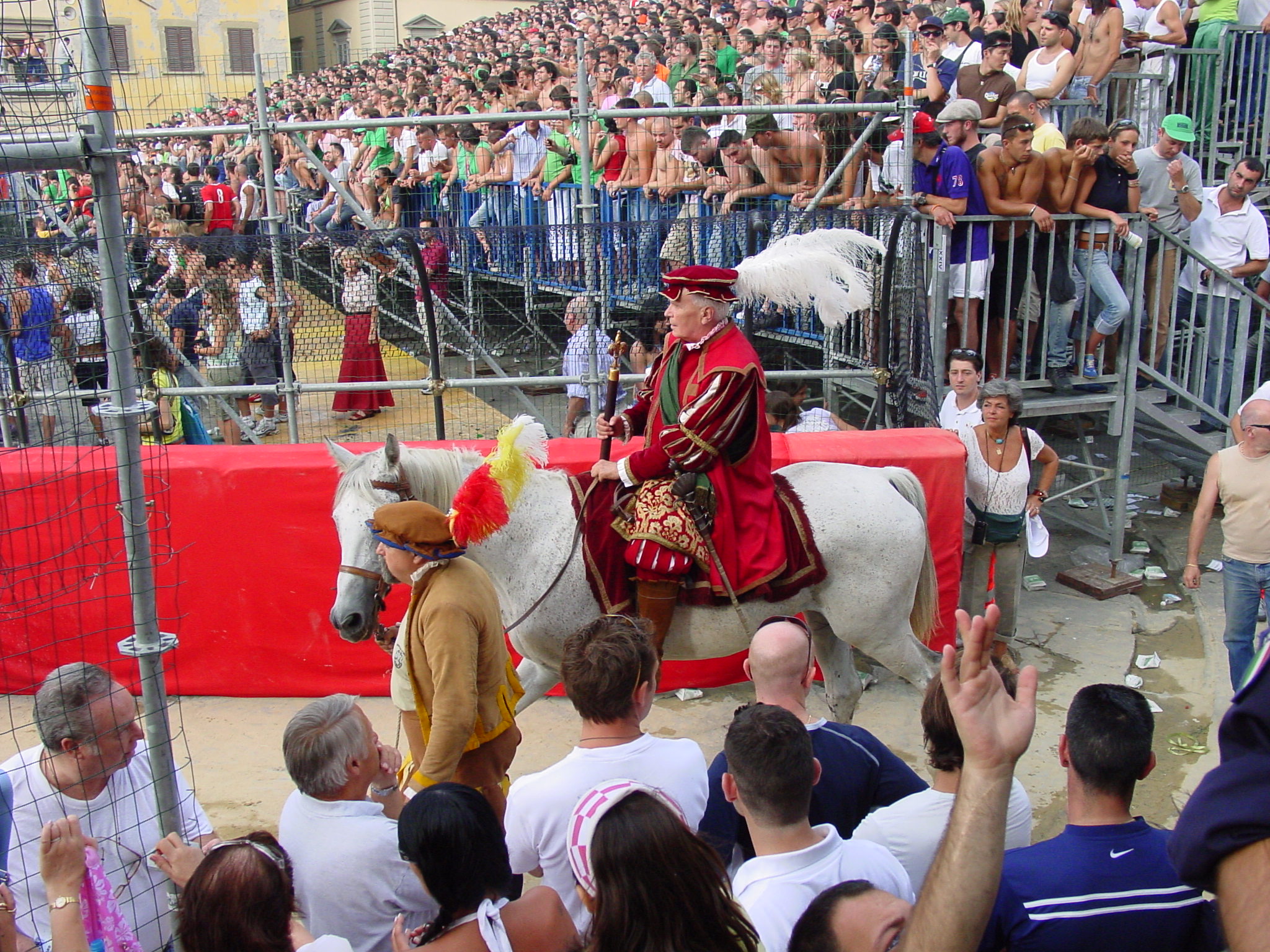
If going to Europe with kids seems impossible — too expensive, too difficult to plan, too crowded — you need to spend some time with Ashley Steel and Bill Richards. Or with their guidebook. The Bellevue-based explorers and authors have just published a new book, 100 Tips for Traveling with Kids in Europe, which offers tips and how-tos on every possible aspect of a family European vacation: preparing the family for walking-centric European city tours, taking spectacular train trips, finding in-Europe budget flights for pennies, and traveling to wonderful off-the beaten-path sights such as European science museums and “holiday camps.”
Most importantly, the book is threaded with inspired ideas on helping kids engage with the magic of Europe on their own terms.
Since this is the time when families should be planning their next vacation, we asked Steel and Richards to share some of their best tips. (For more, get your own copy of their book.)
1. What inspired you to write the book?
Europe! Too often parents turn a family trip to Europe into a connect-the-landmarks ordeal. We wanted to share ideas for creating a multicultural European adventure that’s fun for kids and fun for parents too. Our first book, Family on the Loose: The Art of Traveling with Kids, is about how to travel with kids rather than where to take them. We talked a lot after it was written about how fun it would be to apply the ideas to our favorite locations. We’ve been lucky to visit Europe many times, with toddlers, elementary-aged kids, and now, teenagers. We even had the chance to explore real European life in depth when we lived and worked in Vienna for six months. Every weekend was another adventure!
We weren’t too serious at first, it was just fun. But after we had written about 30 tips, we couldn’t turn back, we just had to get to 100.
 2. What are some of the unexpected destinations that parents should consider visiting with their kids?
2. What are some of the unexpected destinations that parents should consider visiting with their kids?
Even Europeans are at first surprised when we suggest “volcanoes” as great destinations for visiting Europe with kids. But wait, there are stunning (and pleasingly unpronounceable) volcanoes in Iceland such as Eyjafjallajokull. The Chaine des Puys, a panorama of dormant volcanoes, cinder cones, lava domes and explosion craters in central France near Auvergne makes a great destination too. You’ll want to save time for nearby Vulcania, a science-oriented amusement park with exhibits ranging from volcanic photographs to “Magma Explorer,” an interactive expedition full of special effects.
And, Mt. Vesuvius made history when it erupted in AD 79 and buried the town of Pompeii near Naples, Italy. Visiting Pompeii now is an amazing archeological experience, giving insight into daily life in ancient Greece. Volcanoes are a big deal in Europe and so fun for kids!
Old-school amusement parks are another really fun option for spicing up a European vacation itinerary. Large and small amusement parks are sprinkled all across Europe. Barcelona is home to Tibidabo (reached via funicular), Prague has Lunapark, Berlin has Spreepark, and Vienna has the Prater. Norway’s Hunderfossen FamiliePark is guarded by a 14-meter troll and boasts a giant fairy- tale castle.

3. But you also make a case for not skipping the icons — explain that.
Creating a great itinerary is a balancing act. It is all too easy to link together the iconic tourist destinations only to spend all your time navigating throngs of tourists and snapping selfies. Your kids are likely to know these places, be excited to see them and want to tell their friends all about them. So, we don’t suggest that you skip them all. The European continent is home to some impressive monuments and museums. Europe is also a fantastic collection of countries and local districts, each of which has its own cultural heritage, real people and quirky local destinations. One of the primary reasons that we love to travel is the sense of excitement we get from discovering new things, both large and small, from a new flavor to a new city.
We encourage families to slow down and enjoy. Where a tour company might cram the Eiffel Tower, Big Ben, the Leaning Tower of Pisa and the Colosseum into four days of lines and crowds, we suggest picking one or two icons and dedicating the rest of your time to exploration and cultural immersion.

4. What are some ideas for really getting to know the culture?
We love exploring local food. For example, we always like to visit a supermarket and a local farmers market. We search for items we’ve never seen before like mustard in a tube or fresh sauerkraut in a giant oak barrel.
We also like to visit local playgrounds and public swimming pools. Often the play structures are unique works of art and unlike anything you might find at home. Kids can meet and play with others at the local playground — even if they don’t speak the same language. Swimming pools can be particularly interesting adventures. We have discovered unisex changing rooms and underwater music. At a pool in France, they frowned at my longboard shorts and insisted on a bathing cap. These funny experiences open up kids’ eyes to the world of possibilities even for seemingly simple things.
5. Tell us about some of your experiences visiting the lesser-known European cities and regions with kids?
We once took a Ryanair flight because it was advertised at €1 per seat. Trouble was, they only flew into minor cities and not major ones. Instead of flying in and out of Vienna and Barcelona, we flew out of Bratislava and Gerona. These funny tickets turned out to be an amazing opportunity. We spent two fun nights in Bratislava and discovered the coolest children’s museum we’ve ever visited. We then stayed a couple of days in Gerona, walking old castle walls and eating tapas. In fact, after falling in love with Girona, we opted to stay in northern Catalonia and never actually made it to Barcelona. We lingered in Salvador Dali’s old stomping grounds instead. We spent a fantastic week watching our kids get inspired by eclectic art and eating paella by the sea. Other lesser-known areas we’ve particularly enjoyed include the Soča River valley in Slovenia, Santiago de Compostela in Spain and Český Krumlov in the Czech Republic.

6. The book covers a lot more than specific destinations, can you tell us a little about the other themes?
We spend a lot of time on preparation and reflection. Helping kids make the most of a trip to Europe means including them in the preparations and planning. We include many suggestions for exposing kids to European cultures before the trip and for helping them take ownership of the itinerary by choosing destinations, lodging, or particular activities. We even talk about getting kids used to walking long distances and teaching them a few words in foreign languages.
We also want the trip to last in their memories. It doesn’t matter if kids remember every detail of their journey but it’s nice to capture the spirits of adventure, open-mindedness, and multicultural enthusiasm that thrive during family travels. Our book includes all sorts of fun ideas for creative journaling, thoughtful crafts and silly photographs as well as fun ways to share the experience with friends, family, and classmates after you get home.
7. The biggest hurdle most families will have in planning a trip to Europe is budgeting – any budget tips for travel, hotels, destinations?
Traveling to Europe with kids isn’t cheap but there are lots of ways to reduce costs.
- Going during off-peak seasons will make it cheaper and being flexible with travel dates will also help shrink the cost of the plane tickets.
- Red-eyes, awkward connections and midweek flights might not be ideal but they often make the difference between affordable and unaffordable.
- Lodging costs can be reduced too. If we plan to stay in one place for more than a night or two, we look for apartments to rent. For a family of four or five, apartments are often much cheaper than a hostel or a hotel, where larger rooms can be in short supply. We usually prefer to stay downtown in cities; although the monetary cost may be slightly higher, the time saved in commuting is also, effectively, money saved.
- To reduce food costs, we usually purchase breakfast, lunch, and snack supplies at the local grocery store or market. Eating dinner in local restaurants, well away from primary tourist centers, can also provide a significant savings as well as a little adventure. When in doubt about where to eat, ask a local.
8. There are a lot of black-and-white photos in your book. Tell us a little about them.
Those are all taken by kids! We’ve included about 70 photos taken by kids ages 2 to 15 while traveling in Europe. These amazing photographs give parents a visual guide to Europe through their children’s eyes. Yes, there’s a photo of the Eiffel Tower, but there’s many more of stray dogs, pigeons and gelato. The kids use fun angles and capture details we adults might not even see anymore. We hope that simply flipping through will inspire a set of plane tickets.

9. Where are you taking your daughters next in Europe?
Sadly, we don’t have our next European trip on the calendar yet. Since our family has a special connection to Vienna, our European travels usually begin or end there. We’re dreaming of some summer hut-to-hut hiking in the Austrian Alps and also of more winter skiing. Our kids are fluent in Spanish, so Spain is on our radar. We had so much fun exploring small towns in the north that we’d like to return for a small-town “tour” of the south.
We also have several sets of friends in Germany that we’d like to visit, and we’re excited to explore the countries east of Hungary. Croatia looks gorgeous! There’s the Greek islands; England is suddenly vaguely affordable; and Ireland and Wales are always calling. I guess it’s time to plan our next trip.











